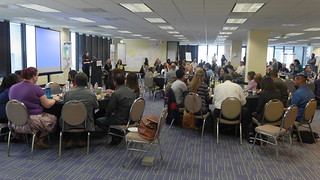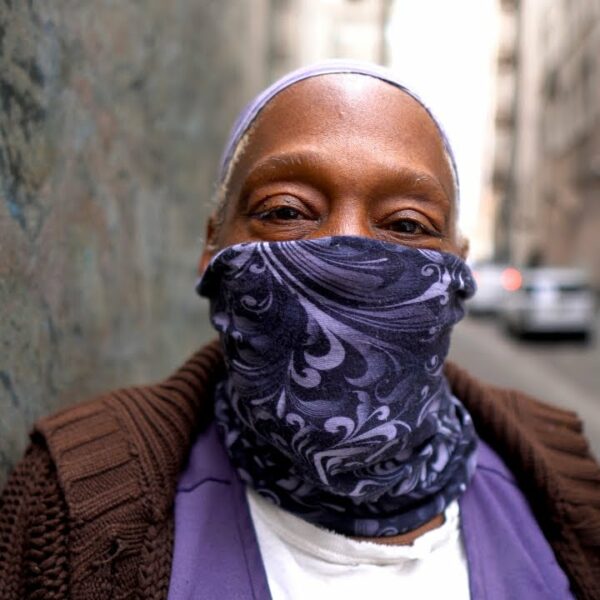 Imagine a system where thousands upon thousands of stakeholders pretty much did their own thing without communicating or coordinating with other stakeholders in the system. Well, in simple terms, that’s exactly how homeless service’s Continuum of Care has evolved.
Imagine a system where thousands upon thousands of stakeholders pretty much did their own thing without communicating or coordinating with other stakeholders in the system. Well, in simple terms, that’s exactly how homeless service’s Continuum of Care has evolved.
Continuum of Care (often referred to as CoC) is mandated by Housing and Urban Development and is supposed to be an integrated system of care that guides and tracks homeless people through an array of services designed to prevent and end homelessness. Well, that does sound good, but in the real world the Continuum of Care is made up of separate nonprofits all fighting each other for the same scraps of funding. Each nonprofit has their own personality and their own way of doing things, and these days, everyone has far too much need while resources are being cut, so there is rarely any manpower to try something new.
If you’ve heard me speak at an event or have been following me for any time, you already know how much I love United Way’s Home For Good. Whenever the question of solutions or best practices come up I go on a rant about how Home For Good is bringing all the different stakeholders to the table to influence real positive change, which is what was happening here the day of the coordinated entry launch for Los Angeles.
I remember years ago the conversation started just to have a coordinated intake form here in Los Angeles, and that never went anywhere because no one could agree, or even compromise, on what data should be collected. I continue to be amazed at how Home For Good has been able to break down walls while building bridges with service providers in Los Angeles, and I’m encouraged by the service providers who are embracing this change.
You’ll often find me ranting about how much I dislike HMIS (Homeless Management Information System). I agree in collecting data, but HMIS is about funders and not really built to help people, although one could argue the money helps (of course it does. My point is people needs should come before funding requirements when collecting data). The good news is HMIS is also changing, and this coordinated entry will hopefully lead to where availability is tracked in real-time. That way, a homeless person can find the support they need with one phone call or web visit, and is not given the perpetual runaround the Continuum of Care gives people now. When you look at services through the lens of a homeless person, we actually make it hard for people to get out of homelessness.
Daniel Manitsky from Rapid Results Institute and Chris Ko from United Way of Greater Los Angeles take a moment to speak with me about coordinated entry and how it will help Los Angeles fight homelessness. As Chris says, there is a group of housing and a group of homeless people needing housing, and the two groups were made for each other. The new coordinated entry creates a system so the two groups can easily find each other.
This is a huge step in the right direction. Coordinated entry is now being started in communities all over America. Has your community started this process and if so, what successes and challenges have you encountered so far?











